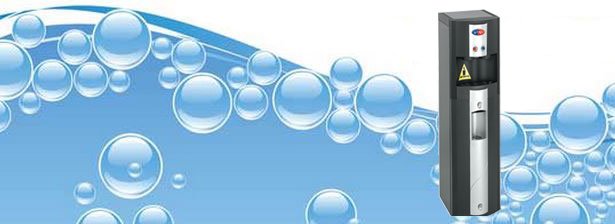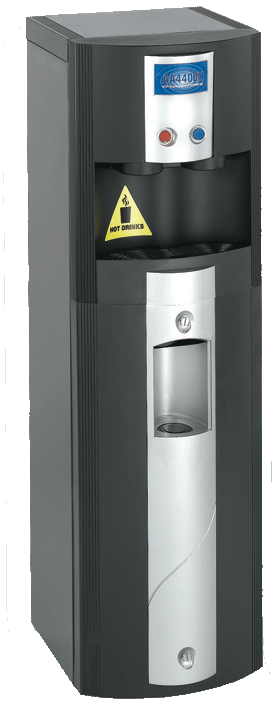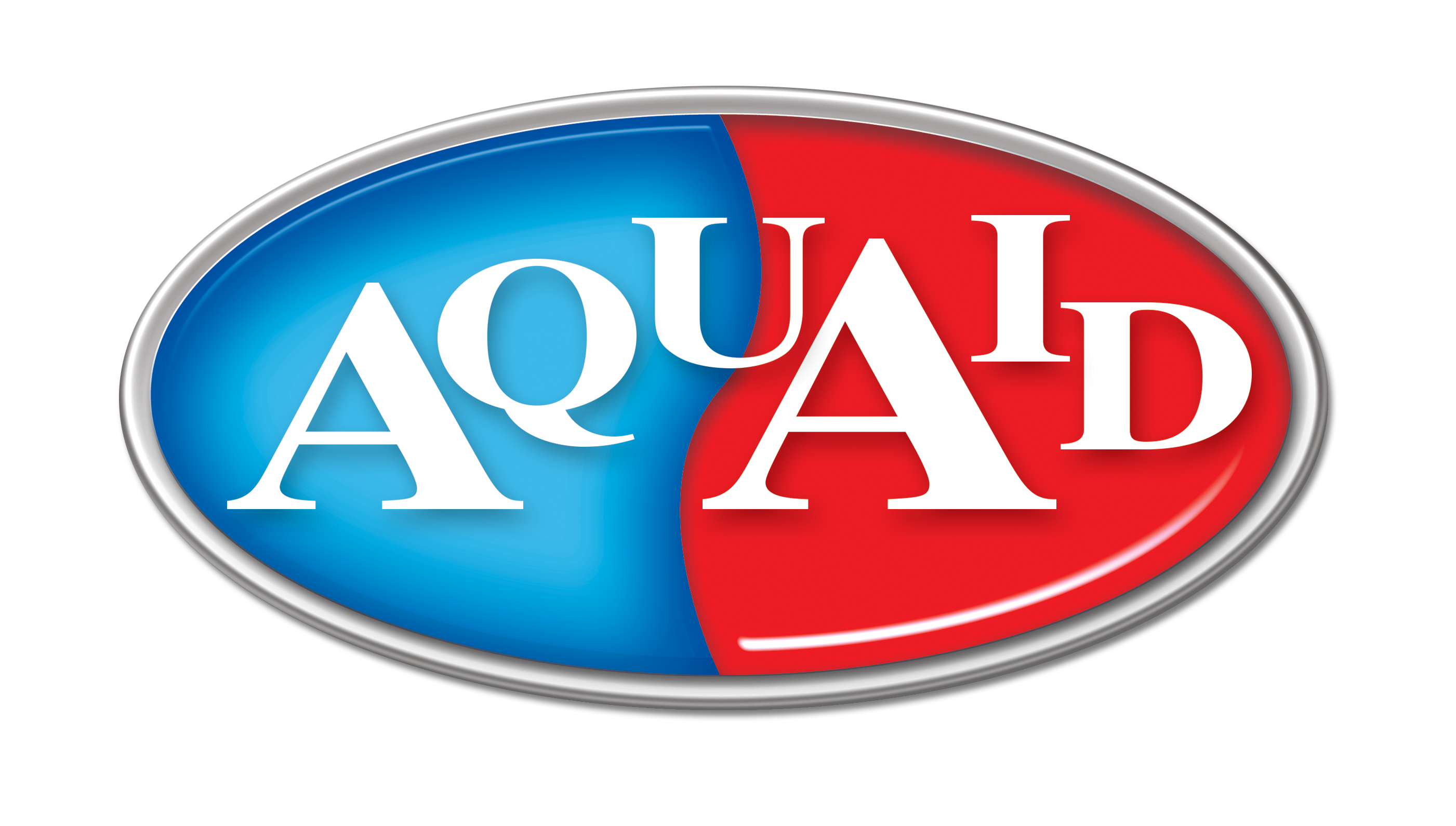by Fern Shaw | Nov 1, 2013 | Water Boilers, water cooler, Water Coolers
Waxing philosophical (waxing possibly originating from the German word wachsen (to grow)) about water, I first thought of this one *pointing upwards*. The full proverb reads like this:
You can lead a horse to water but you can’t make it drink.
Meaning
People, like horses, will only do what they have a mind to do.
Origin
This proverb might be thought to encapsulate the English-speaking people’s mind set better than any other saying, as it appears to be the oldest English proverb that is still in regular use today. It was recorded as early as 1175 in Old English Homilies:
‘Hwa is thet mei thet hors wettrien the him self nule drinken’
Sticking with the water theme, here are some more corkers:
A fish out of water
Not feeling at home where you are.
Blood is thicker than water
Family is more important than anyone or anything else.
Don’t make waves
Don’t make trouble; do what others are doing.
Don’t throw the baby out with the bath water
When you’re making a change, save what matters to you and dispose of the rest.
You bring water to the sea
You take advantage of something.
It would seem that water is an integral part of life, even to do with philosophy. As you can see from the image headlining today’s blog, we even have our resident horse, Hoss, moonlighting as a zebra and lurking around the water cooler in the AquAid Africa office. Rather fitting, or, as they say in the classics, ‘if the hoof (harf harf) fits, wear it’, keeping in mind the whole zebra + Africa + … connection. Geddit? Geddit?
As you may imagine, I have used a lot of poetic license here, because truly, although we like to think of ourselves as being rather creative in this division of AquAid, we don’t really have a horse doubling as a zebra in our office lurking around the water cooler.
Disappointed? Never mind, so am I!
What we do have though, are water coolers:
Ask away, we’ve oodles of water cooler knowledge and experience and are happy to help. Click here. Neiggghhhhhh!
by Fern Shaw | Oct 16, 2013 | Health and Hydration, water cooler, Water Coolers
I still giggle when I think about drinking water fountains. Heavens only know why. We used to have one in the dojo I did karate at (jaha – more to this blogista than just a keyboard I tell ya). I just thought the water fountain was awfully clever. Our school certainly didn’t have them. No siree Bob, our school had school toilets – ugh – and school basins – double ugh – and Lifebuoy soap – *shudder*.
Then, schools changed and we got lucky. How so, you ask? This so, I say:
AquAid’s stylish drinking water fountains make a great addition to any school, gym or area where a high volume of water is required. Research has shown that children do not drink enough water during the school day which is why AquAid are one of the UK’s leading providers of water coolers and drinking fountains to schools. These machines offer you the added benefit of being durable as well as only using a small footprint.
Water Fountain – features:
- Rugged Steel construction
- Stainless steel sink top
- Both Swan neck and bubble options
- Extremely durable with proven reliability
- Drainage and mains water required
- Coil on Coil refrigerated cooling system resulting in reduced running costs
- Environmentally friendly
Why the emphasis on Water Coolers & Drinking Fountains for Schools?
Dehydration is serious for all of us, but no more so than to our children. At the time a child starts to feel thirsty, they will have already lost more than 20% of their ability to perform both physically and mentally. The direct result of this is not only a worsened academic performance but also lower concentration spans leading to increased classroom disruption.
An experiment in ‘brain hydration’ carried out at an Edinburgh primary school showed that the introduction of water bottles on pupils’ desks led to a significant improvement in national test results over a 2 year period. Despite these important facts:
- Two-thirds of children are still not getting enough drinking water, and
- A fifth of children drink no water at all,
according to research conducted by the Department of Health and Food Standards Agency.
So, this is rather marvellous news all round as having easy access to drinking water means a healthier and happier child, who is more able to pay attention in class, will have a better capacity to learn and will have sufficient (but not sugar-filled) energy to get through the day.
Please, contact us at AquAid today, we’ll be more than happy to take you through the choices for the optimum water cooler for use at your school; gym or play area.

by Fern Shaw | Oct 14, 2013 | Charity, Health and Hydration, water cooler, Water Coolers
Remember the heat wave? You must – it was only a month or so ago. Now, take those temperatures and turn up the heat, so to speak, by a good 8 °C. Or for that matter, another 10°C.
Now, take a good 38°C and couple it with scant shade … and … no water.
Then, to this rather sweltering image, add this: If you want drinking water, you need to walk to go and find it. And not just down to the corner caf, but a few miles. When you get there, you can’t just buy a bottle of water (or any liquid for that matter); you have to fill the bucket that you brought with you and walk back home, carrying the now full bucket.
Not enough Bear Grylls for you? The water that you’ve just fetched is most likely, not fresh, and not clean and may be so full of bacteria, that even while trying to hydrate yourself, you may very well be making yourself ill without even realising it.
Remember, this is just water for you (and possibly, members of your family) to drink. This is not water that is needed to wash your clothes or your dishes or to water your meagre food crop with. This is just water to drink to keep you going. This is basic human survival type of stuff.
This is the day to day existence for many communities throughout the Third World and in the summer months, lack of potable water is amplified by the heat.
That’s just one of the reasons that AquAid chose to work with sustainable charities like The Africa Trust.
Because although we’re always tooting our horn about being one of the top water cooler providers in the U.K. we also (truly) believe in helping others less fortunate to help themselves. So, while we have you to thank, most valued customer, for your support and through your purchases making it possible for others to help themselves; isn’t it rather nice to know that when you’re sipping cool spring water from one of our water coolers, there’s another Elephant Pump being built in Africa, bringing fresh, clean drinking water to yet another community in need?
I think so. Good on yer. Toot toot!

by Fern Shaw | Sep 16, 2013 | water cooler, Water Coolers
The Small(er) Version
Today, we’re going to be looking at the svelte version of the Big Boys.
This little wonder is called a Desktop Plumbed-In Water Cooler.
If you are short on space but want to enjoy the cost-saving benefits of a plumbed in water cooler, these desktop units are the answer. Compact and elegant, this water cooler and water dispenser connects straight to your mains supply, using a unique Doulton drinking water filter that produces a chilled and refreshing taste equal to that of bottled water.
Plumbed in water dispenser – cut your costs
Without the need to order supplies of bottled water, and instead relying on your standard supply, a plumbed in water cooler can cut your costs considerably.
Not only do these plumbed in water coolers save you money, they also save you space and effort. There’s no need to store and replace large water bottles and one annual invoice reduces your administration.
Desktop Plumbed In water cooler – features:
- 1 annual invoice, eliminating the administration involved with some bottled-water suppliers
- No more running out of water
- No more need to store big water bottles
- Available as either Hot and Cold or Cold and Room Temperature
- Unique ‘Doulton’ drinking water filter
- High quality stainless steel tank
- Adjustable thermostat for accurate temperature control
- Noiseless circuit in compact design
- Function indicating LED lamps
- Extremely compact
So, there you have it in a nutshell or rather, a water cooler. Oh, and did you see the bit about Hot and Cold or Cold and Room Temperature too? Pretty nifty don’t you think?
Please feel free to contact us, we’ll be delighted to assist you in the correct water cooler solution.

by Fern Shaw | Aug 30, 2013 | Health and Hydration, water cooler, Water Coolers
Last week we introduced the High Capacity Point of Use (POU) Water Cooler.
Before we get into today’s introduction, a note; I call them the ‘big boys’, not because of any gender preference, but somehow introducing these water cooler marvels as ‘the big girls’ just doesn’t ring true. I’m as fair as fair can be when it comes to assigning objects with gender (the French have absolutely no problem with gender assignation, le livre, la bicyclette), hey, my car is a boy – Newt he’s called.
Anyhow, it’s decided. Here is another of the ‘big boys’.
The AquAid 400 Free standing Mains Fed Water Cooler is a premium water cooler that combines style with outstanding performance.
This POU Cooler comes with a new Flood Guard, flood prevention device and it has Hygiene Guard anti-microbial taps fitted as a standard.
Spring quality water from your point of user water cooler
AquAid’s 400 Water Cooler connects to your mains supply and uses a unique, high quality Doulton water filtration system to deliver water that’s as refreshing and pure as water from bottle fed water coolers.
 Freestanding Point of Use water cooler features:
Freestanding Point of Use water cooler features:
1) 1 annual invoice, eliminating the administration involved with some bottled-water suppliers
2) No more running out of water
3) No more need to store big water bottles
4) High quality ‘Doulton’ water filtration system
5) Available as either Hot and Cold or Cold and Room Temperature
6) High quality stainless steel tank
7) Adjustable thermostat for accurate temperature control
8) Noiseless circuit in compact design
9) Flood Guard, flood prevention device
10) Hygiene Guard anti-microbial taps fitted as a standard.
11) Push-button taps for ultimate hygiene and convenience
Not only do AquAid have more distribution centres than you can shake a stick at, your local branch is usually managed and staffed by whizzes who really know their water coolers and whether a big boy or a bottle fed *WAH-WAAAH* is the way to go. We do have a lot more options, just by the by. I’ll be introducing you to the entire water cooler family in the next few weeks.
Patience dear reader, patience.
Ridiculous that, me asking for patience when I have zip, zero, none, but hey, it’s my blog.




 Freestanding Point of Use water cooler features:
Freestanding Point of Use water cooler features: